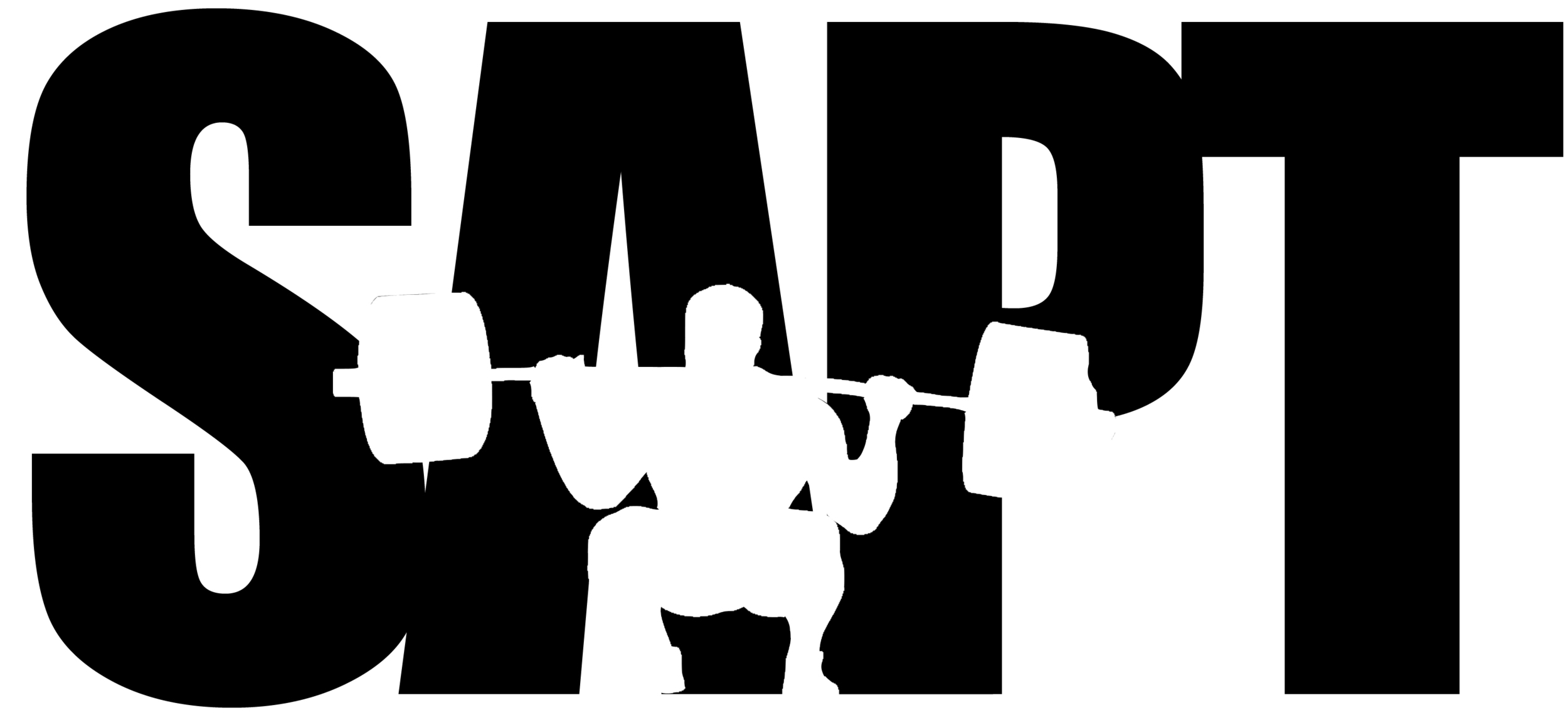The 2012 USAPL Richmond Open is a couple days away and I’ve officially switched into competition mode. This has been a very up and down training cycle. I’m attributing this to trying to get used to my gear and my own impatience. This is my first geared competition (single-ply) and I spent FAR too much time trying to get a lot of weight out of my gear. I rushed into trying to get a lot of support out of my gear which in hindsight was the worst thing I could have done, why? People spend years trying to figure out and use their equipment correctly; I tried to figure it all out in about 11 weeks. This took all of my energy and focus off the NUMBER ONE thing…. Getting stronger! Instead of spending those 11 weeks trying to get the most weight out of my equipment I should have just been trying to get stronger. After all this time I’ve gotten VERY little help out of my equipment and didn’t get much stronger at all. It was extremely impatient and immature of me to do that and trust me when I say I have learned from my mistakes. I know now that learning the gear will come I just need to focus on getting strong. With all that said I’ve sat down and examined everything that has gone on and what I hope to accomplish out of the meet and it’s quite simple…. Perform to the best of my abilities and get at least an 1100 pound total. I put all of this behind me a couple days ago and am now completely focused on the positive. I can tell everyone one thing, no one will compete as hard as me and no one will leave it all on the platform like I will.
Opening Attempts...
[vsw id="l8i1aIImtx4&list=UUKSYQ75Buogznl62rdbks2Q&index=1&feature=plcp" source="youtube" width="425" height="344" autoplay="no"]
It is not the critic who counts; not the man who points out how the strong man stumbles, or where the doer of deeds could have done them better. The credit belongs to the man who is actually in the arena, whose face is marred by dust and sweat and blood; who strives valiantly; who errs, who comes short again and again, because there is no effort without error and shortcoming; but who does actually strive to do the deeds; who knows great enthusiasms, the great devotions; who spends himself in a worthy cause; who at the best knows in the end the triumph of high achievement, and who at the worst, if he fails, at least fails while daring greatly, so that his place shall never be with those cold and timid souls who neither know victory nor defeat.
-Theodore Roosevelt


